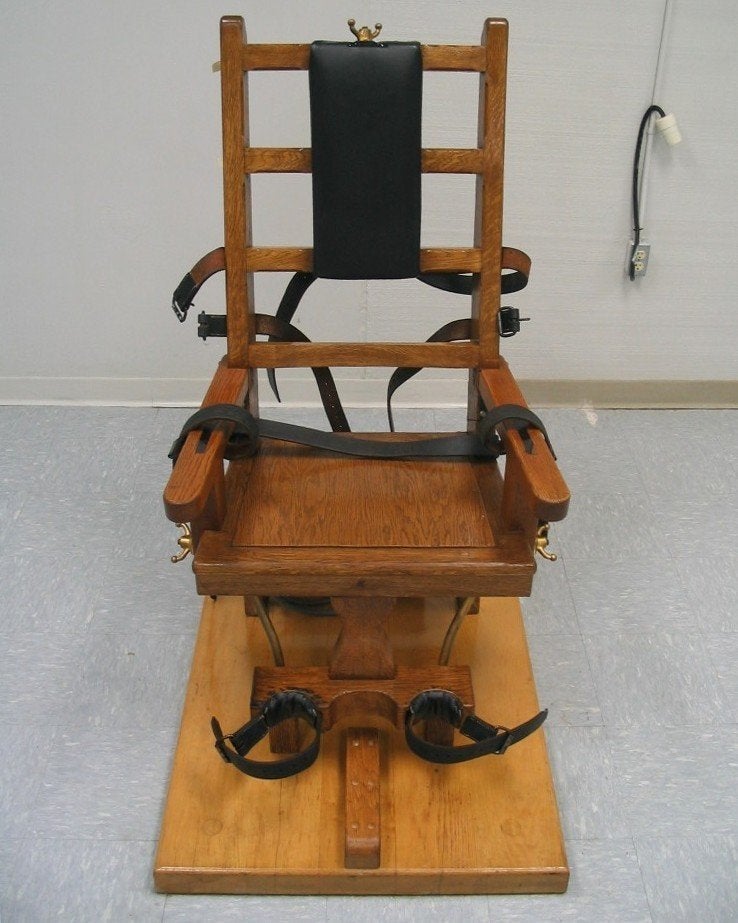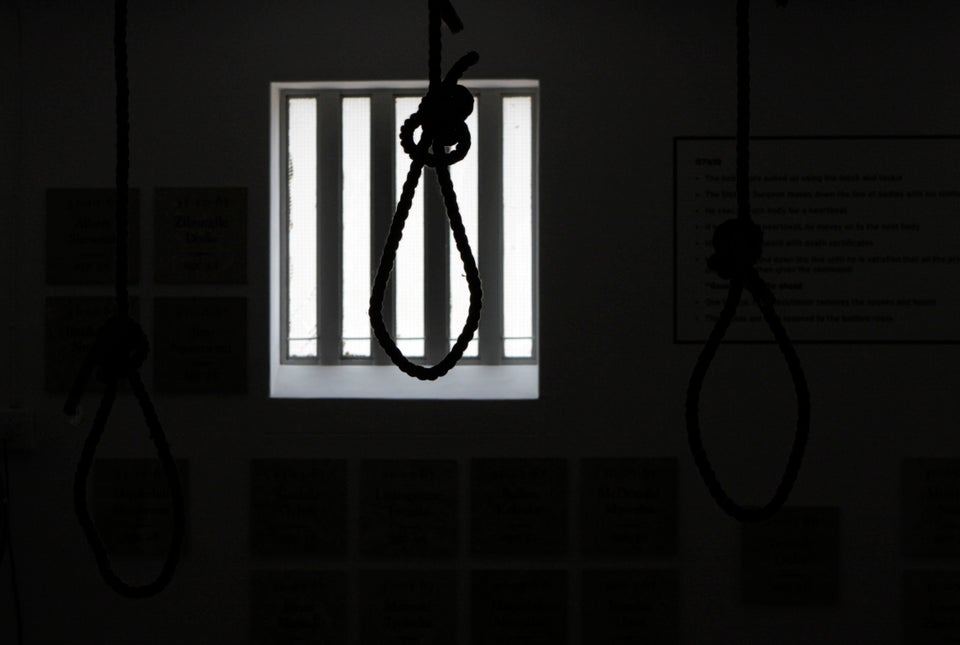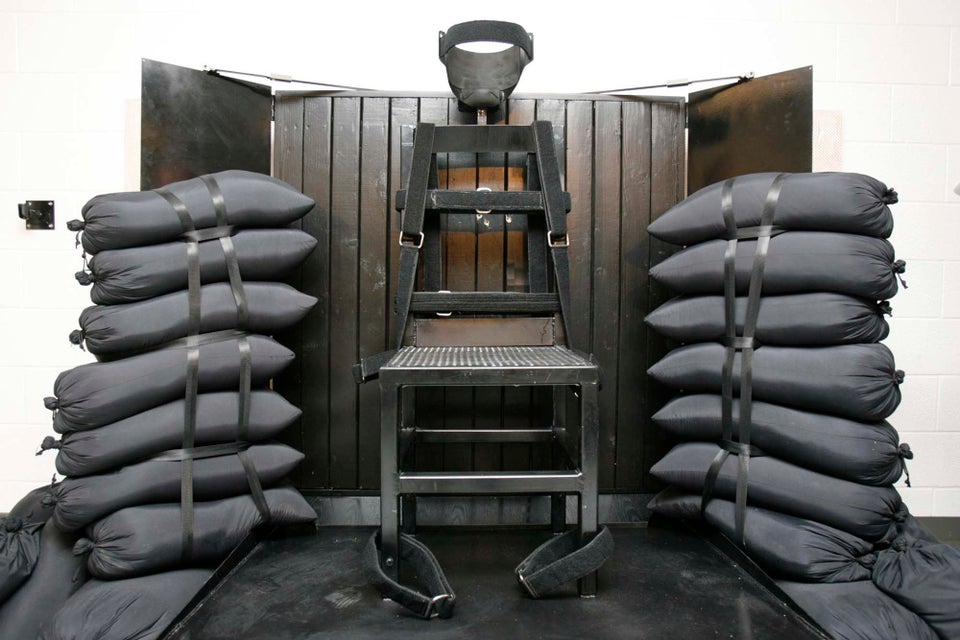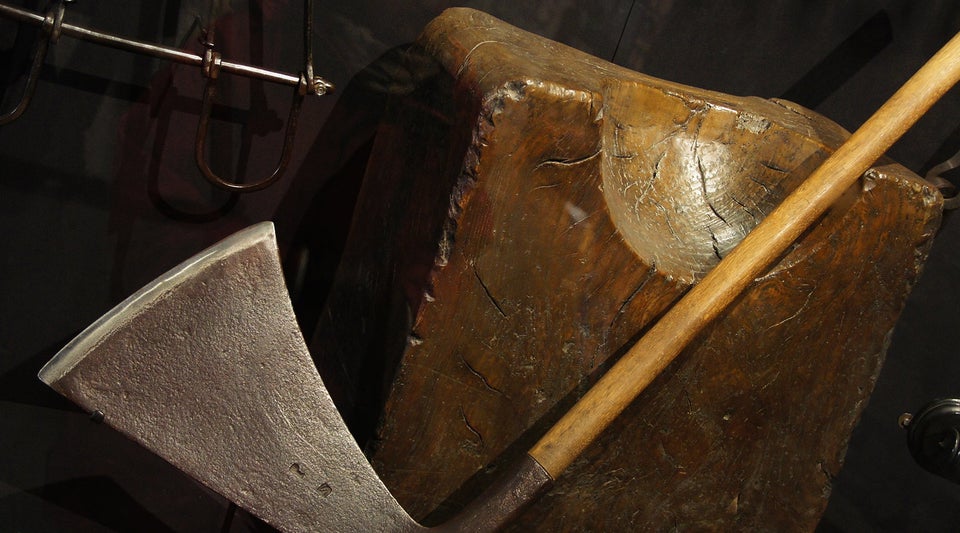You need five Supreme Court justices to halt an execution. In January, Charles Warner got four. Oklahoma executed him that same day.
But the court did something strange eight days later: It agreed to hear Warner's case. For that, you only need four votes. That case, initially docketed as Warner v. Gross, was posthumously renamed Glossip v. Gross, one of the highlights of the last Supreme Court term.
No one knows which of the nine justices voted to hear the Warner case, but it was probably the same ones who would have spared his life a week earlier. Dissenting from the one-sentence order that refused to keep Warner alive a little longer, the four justices said a few things about Oklahoma's lethal injection protocol. They were none too pleased.
"The questions before us are especially important now, given States' increasing reliance on new and scientifically untested methods of execution," Justice Sonia Sotomayor wrote in January.
Those words now ring prophetic.
On Thursday, The Oklahoman revealed that an autopsy report for Warner showed that he had been executed using potassium acetate, a chemical not approved for such use in Oklahoma. The state's drug protocol calls for potassium chloride.
The Warner case marks the first time that any state has administered potassium acetate in an execution, according to the nonprofit Death Penalty Information Center. Oklahoma almost used it a second time on Richard Glossip last week, except Gov. Mary Fallin (R) gave him a last-minute stay after state Department of Corrections officials discovered the mix-up involving the wrong drug the day of his execution.
An investigation into the errors -- including Warner's execution -- is underway, and all pending Oklahoma executions are on hold until the mess is resolved. A new investigative report published Friday by The Frontier also raised questions about who's truly the boss in Oklahoma's capital system.
Could the Supreme Court have foreseen this disaster?
In January, Sotomayor and her liberal colleagues on the court sounded the alarm when they said they were "deeply troubled" about the evidence Warner and other death row inmates had presented about midazolam, another problematic substance in Oklahoma's three-drug cocktail. They said the evidence suggested that it "cannot constitutionally be used as the first drug in a three-drug lethal injection protocol."

The justices had doubts about the drug in part because of an earlier botched execution in Oklahoma -- that of Clayton Lockett, which in their words "went poorly, to say the least."
"Lockett awoke and writhed on the execution table for some time after the drugs had been injected and officials confirmed him to be unconscious," Sotomayor continued. "He was overheard to say, 'Something is wrong,' and, 'The drugs aren’t working.'"
Lockett died some 40 minutes after he received the lethal dose. Warner himself said, "My body is on fire" as he was being put to death.
Yet in June, the Supreme Court upheld Oklahoma's drug protocol, ruling it did not violate the Constitution. It was a contentious 5-to-4 decision, with the same four justices who would've given Warner a reprieve losing the battle. Sotomayor wrote the principal dissent denouncing Oklahoma's practices, but it was Justice Stephen Breyer who made headlines when he said it is "highly likely" the death penalty, as practiced in the United States, is now unconstitutional.
The conservative majority was unimpressed. Noting the five-month investigation into Lockett's disastrous execution and the state's new protocol that emerged from it, Justice Samuel Alito observed Oklahoma now had in place "procedural safeguards to help ensure that an inmate remains insensate to any pain." He added that Warner was executed in keeping with "these revised procedures."
We now know that was hardly the case. Worse, the Supreme Court innocently took Oklahoma at its word about the last drug it would use to stop Warner's heart.
"In January of this year, Oklahoma executed Warner using these revised procedures and the combination of midazolam, a paralytic agent, and potassium chloride," Alito said.

As we learned Thursday, that also was not the case.
With all this new information, it's unclear how the court might rule if Oklahoma's troubled lethal-injection scheme reaches it again. But there's something to be said about Sotomayor's warning in January about death penalty states' "increasing reliance on new and scientifically untested methods of execution," which now raise the specter that Warner's execution may, in fact, have violated the Eighth Amendment.
In a statement Thursday, Charles Ogletree, a Harvard law professor and a prominent death penalty opponent, called on the Department of Justice to investigate Oklahoma's use of the unapproved drug and to look into "whether any civil or even criminal liability should attach to the homicide of Charles Warner."
For the lawyers attacking Oklahoma's execution drug protocols, the recent developments seem to have lit a new fire.
Dale Baich, a federal public defender representing Glossip and other death row inmates, told The Huffington Post it's "too early to tell" if a new Supreme Court showdown will result from the new revelations, but he said the fight continues in federal district court.
"We fully expect to go to trial," Baich said.
As for the justices themselves, Glossip continues to be on their minds. During a hearing on Wednesday in an unrelated capital case from Kansas, Justice Antonin Scalia still didn't seem to be over the June decision, let alone his colleague's newfound opposition to the death penalty.
"Kansans, unlike our Justice Breyer, do not think the death penalty is unconstitutional and indeed very much favor it," Scalia said.
Perhaps. But if the recent failures and botched executions in Oklahoma -- and the death penalty chaos elsewhere -- mean anything, maybe the rest of the country and even a majority of the justices will soon be ready to turn a page.
Until then, there's one thing we may never know: Why there wasn't a fifth vote at the Supreme Court that would have allowed Warner to make his case.
Also on HuffPost:

















